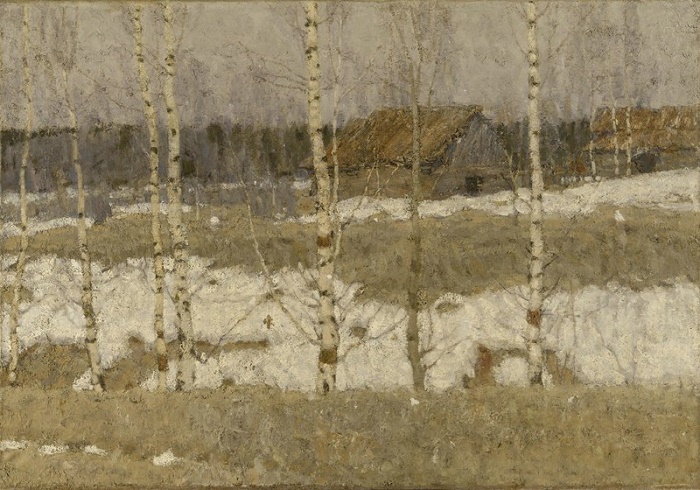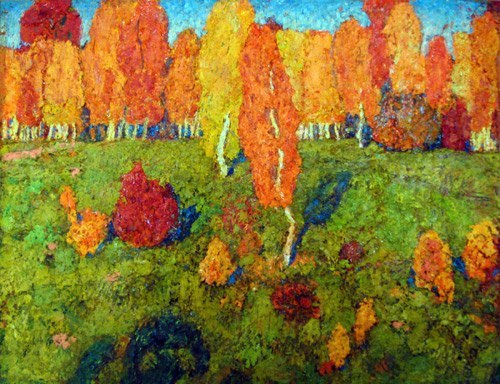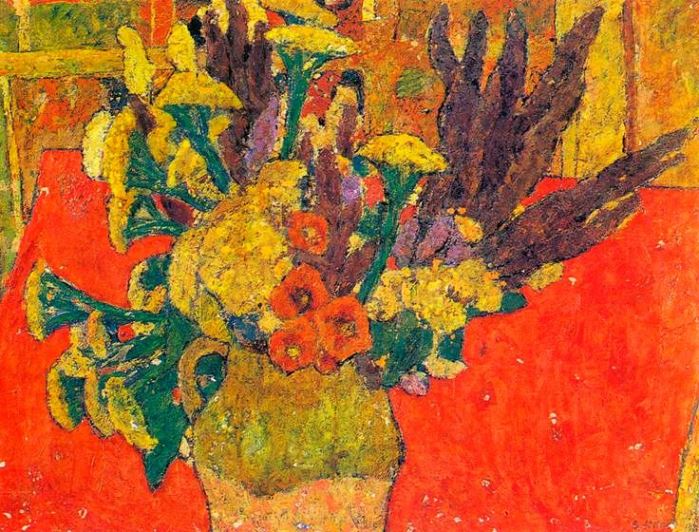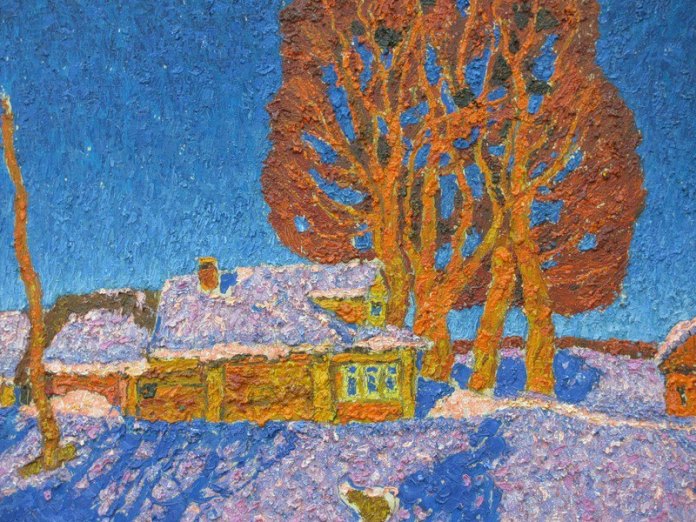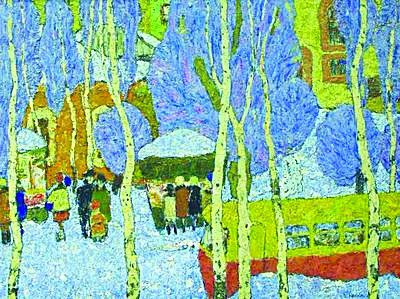Soviet Landscape painter Vladimir Yukin 1920-2000
Soviet Landscape painter Vladimir Yukin
The founder of the Vladimir School of Painting, Vladimir Yakovlevich Yukin (1920-2000) lived most of his life in Vladimir and the Vladimir region. Born in the family of a paramedic, in the village of Mstera in the Vladimir region, since the XIX century known for its iconography and restoration school. First of all, the genus from which Yukin originated was famous for hereditary artists of almost three centuries. And mostly icon painters, then restorers.
Yukin graduated from the Ivanovo Art College (1940) and attended two courses at the Lvov Art Institute of Decorative and Applied Arts. Veteran of the Great Patriotic War, Yukin was a member of the USSR Union of Artists (1952), People’s Artist of Russia (1995) and Laureate of the State Prize of the RSFSR (1992).
On his canvases the clear, open colors sparkle in full force. Each stroke is bulky, weighing. If you stand close to his painting, it is like a rough plowed field. However, when you take a step backward – the tension of the colorful spot develops into a visible image of the native land. And here they are – deserted autumn fields, rest after harvest, meadow motley grass, waving in the summer breezes, sparkling snow in the birch copses, and forest spills.
The artist’s life and creative biography are inseparable from the Vladimir region. The native of Mstera, the famous center of lacquer miniature, could he not get carried away by art! Carried through the years, this fascination, together with the later love for the picturesque legacy of ancient Russian masters of Vladimir and Suzdal, largely influenced the formation of a creative manner of Yukin. Based on the organic continuity of the traditions of folk art culture, the artist’s manner increased expression of feelings, moods, forms, and colors.
“I remember my childhood,” says Yukin, “it was taking place among nature, and with our relative, the famous artist Fyodor Aleksandrovich Modorov, who often visited his relatives. Sometimes I posed for him. The many colors that lay in the sketchbox, the palette, the brushes – all this impressed me I began to dream of art.”
Secondly, a great influence on the choice of the life path of Vladimir Yukin was his uncle – Pavel Ivanovich, who carried out the restoration work under the leadership of Igor Grabar. With the support of Pavel Ivanovich, convinced of the serious adherence of his nephew to art, Yukin entered the Ivanovo Art College in 1936, where he studied until 1940. His teacher was MS. Pyryn, a disciple of VA. Serov.
With the outbreak of the war, Yukin left for the front. Unfortunately, in August 1941 his unit was surrounded, and Yukin became POW. He remained in captivity until March 1945. Then, at the end of war, participated in the battles for the liberation of Poland and Czechoslovakia. Awarded with medals “For victory over Germany”, “For the liberation of Prague” and the Order of the Patriotic War II degree.
After the war until September 1947, Yukin continued his service in the army, working as an artist in the House of Officers of the city of Lvov, then two years he studied at the Lvov Institute of Decorative and Applied Arts.
Forced to interrupt his studies, because of his mother’s illness, Yukin return to his native Mstera. After his return, he began working as a teacher of drawing and painting in the Mstera Art and Industrial School. Besides, creating his paintings, he develops his individual style. In addition, he participates in exhibitions, and becomes one of the founders of the artistic group “Vladimir School of Landscape Painting”.








